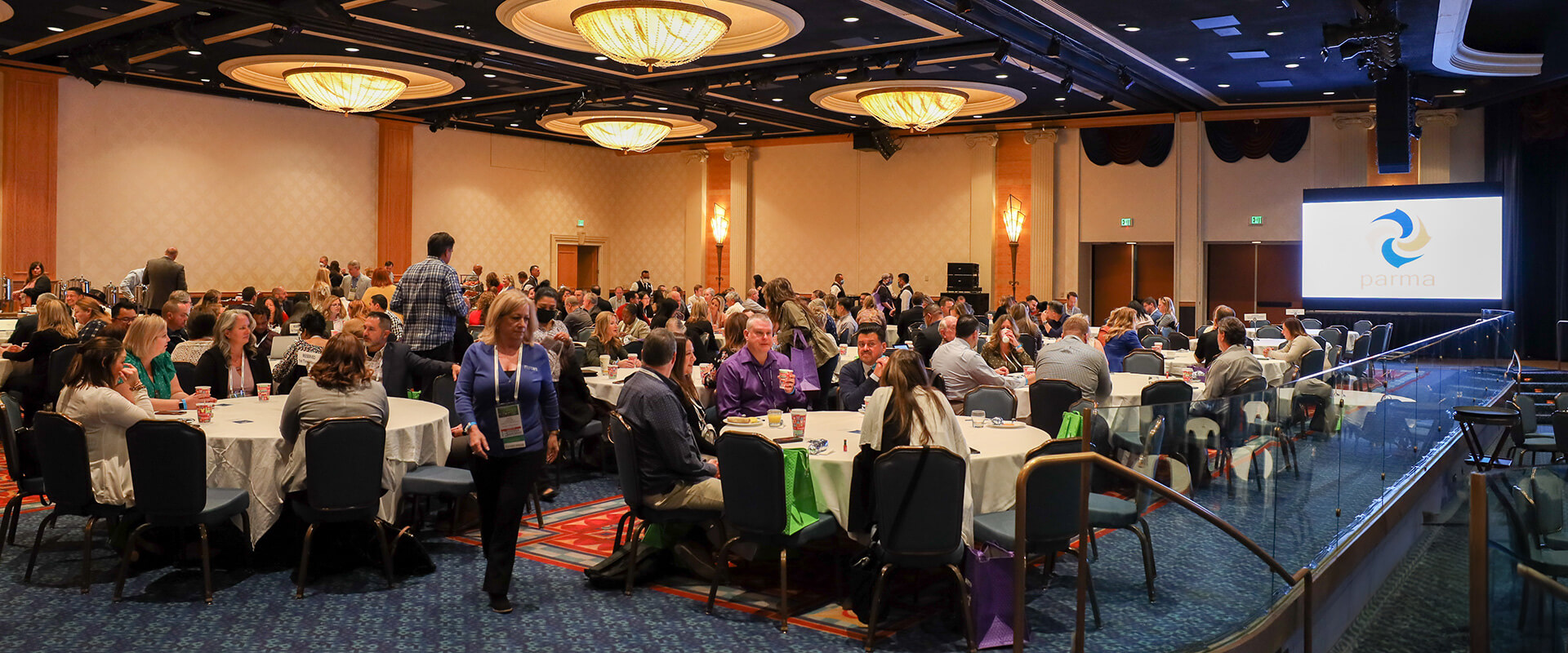REPORTING FROM MONTECITO, Calif. — In the mountains above coastal Santa Barbara County, the vegetation is typically so deep and lush that it can soak up a half-inch of rainwater before it flows downhill.
But that was before the Thomas fire swept through in December, burning those trees and brush to the ground. Now, the rain has no buffer, and that is cause for alarm.
"It hits the dirt directly and it is instant runoff and carries that sediment," Thomas D. Fayram, the deputy public works director for the county, told concerned residents at a community meeting several weeks ago.
Southern California is about to get its first significant rainstorm in nearly a year this week, with more than 4 inches of rain expected in burn areas.
PARTICULARLY VULNERABLE
The historic lack of precipitation and unusually warm conditions, combined with a season of destructive wildfires, have left the Southland particularly vulnerable to mudslides and flooding. Besides the Thomas fire areas, officials are on watch in Sylmar, northern San Diego county, Santa Clarita and Bel-Air, where December firestorms together burned more than 1,000 homes.
Some burn areas are coated in a hydrophobic, oily sheen left by the fires while other areas have been transformed into a moonscape, where the heat was so intense that nothing, not even vegetation below the surface, was left intact. The drought also weakened root systems, further destabilizing hillsides.
Now, too much water at once is the enemy. How the affected communities would manage a powerful storm depends on how much, how fast and where the rain will fall.











